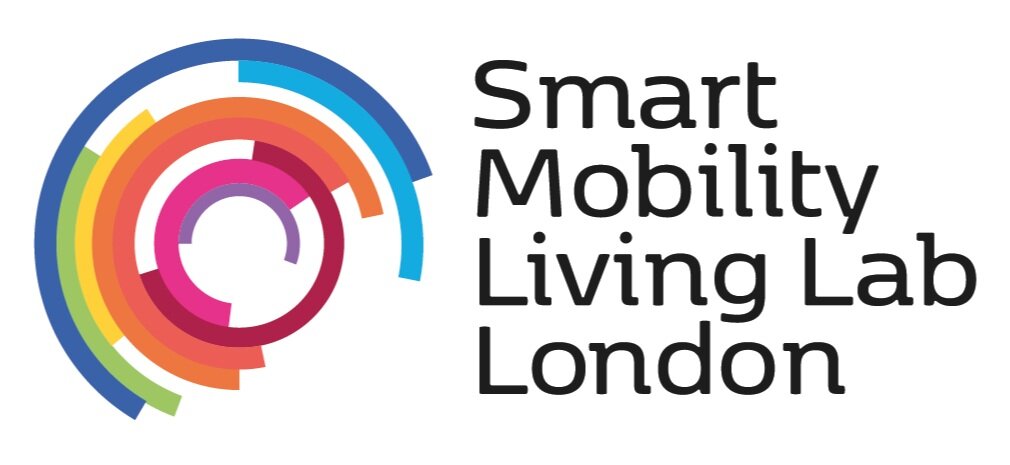On the Roadmap for the UK transition to CAVs, where are we and what are the next steps?
UK Connected and Automated Vehicle (CAV) technology is evolving rapidly and some vehicles are approximately 95% of the way to fully autonomous driving. However, the remaining 5% goes beyond vehicle technology and includes ensuring automated driving makes use of the ‘system’ including communicating with infrastructure and other vehicles. We need to develop a single, proven automated transport system that is reliable, predictable, secure and safe. This is potentially the biggest challenge to date, and realistically, at TRL we believe this could take another 25 years to achieve full functionality and deliver a truly machine only self-driving experience.
We have vehicles being tested on the UK network that are capable of automated driving on the road network, within specific operating conditions, but these require constant human supervision and a driver who is alert and ready to respond to undesired system behaviour. We also have sophisticated technology already on the market that assists the driver or provides dynamic information to the driver.
Fully autonomous vehicles are some way off any form of commercial readiness, but we expect to an increase in automated driving functions within vehicles over the next five years. However, this technology will almost certainly be restricted to situations such as motorway driving or other highly controlled traffic conditions where the speed of the vehicles and driver activity throughout the automated driving task will be closely monitored. Personal vehicles operating with increasingly sophisticated driver assistance systems and connection to other vehicles and road infrastructure is likely to be more widespread across the network over a shorter period of time.
As well as this evolution of the conventional vehicles that we own and drive today, we can also expect to see expanding development of purpose-built automated vehicles such as shared pods to shuttle people between two fixed points or on a defined route or delivery pods to perform last mile transit. From a service point of view, we will see the capabilities of these pods enhanced to suit relatively simple, low-traffic scenarios such as campus estates with shared route spaces.
How do we achieve the final 5%?
To achieve a fully integrated and safe automated transport system, we must combine the strength of the roadside infrastructure with that of the vehicle technology. By combining data from different sources and creating a ‘shared perception’ of the environment we can create a system with continual validation. The Smart Mobility Living Lab (SMLL) is key to this system approach as the testbed uses existing and enhanced cooperative infrastructure.
One of the ways that system OEMs are looking to bridge the gap to 100% is studying where infrastructure is assisting the automated vehicles with the most complicated and complex scenarios. To examine this, highly flexible real-world test infrastructure is required.
This is where SMLL comes in – an environment where we are building highly flexible infrastructure that we can ‘plug and play’ new technologies into. This enables us to complete rapid R&D in a real-world environment, using a mix of our existing and new infrastructure to create a system-centric testbed where the external environment assists the vehicles with the automated driving challenge.
At SMLL we can still do separate testing for a vehicle-centric or static infrastructure approach, but best of all we can illustrate the progress achieved when combining both, thereby offering instant validation of the vehicle sensors working with the roadside sensors. This is the next level of testbed operation and is unique to the UK.
Camilla Fowler
Head of Automation at TRL
